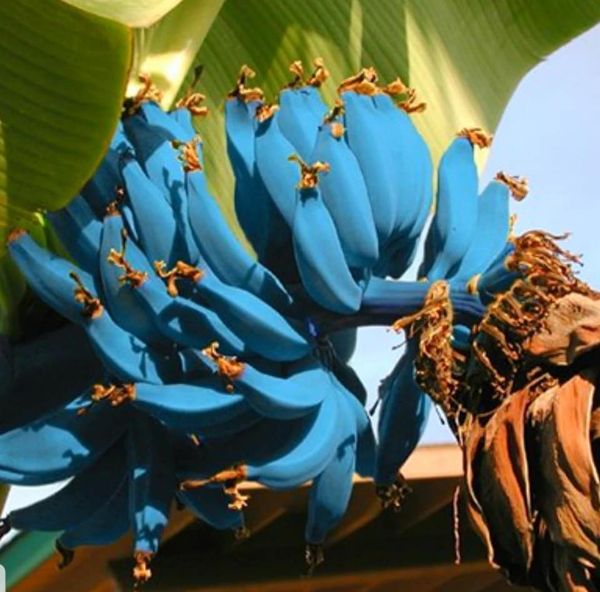
Ice Cream Banana Tree CareĬaring for your ice cream banana plant is pretty straightforward, but you need to give them the right start. Once the blue bananas form, it looks pretty as it begins underneath the petal and when none open anymore you can remove the flower for the fruit to develop. On this stem, you get a single flower developing, and as it blooms, each petal peels back to forms shade for the collection of banana flowers. When the tree starts to bear fruit, it sends up another stem known as the true stem growing through the middle of the central stalk and out. The cylindrical stalk has tightly packed leaves growing up from the corm. Out of the rhizome grows one stalk known as the false stem forming a trunk of the tree. The banana plant grows from a rhizomatic corm with a base extending about 18-inches into the ground to produce the root system. While you find them mainly growing in Southeast Asia, they are found in other tropical parts. But the ice cream banana trees come from both of these stocks and have a gooey yet rich vanilla custard taste. In the Musa acuminata, a common banana tree is the Cavendish banana used for desserts, while the Musa balbisiana people use it primarily as plantains for cooking. The blue java bananas belong to the ABB group as it comprises a set of genes from the A group and two from the B group. These are classified into two groups A or B. The ice cream banana is a product of two hybrid species known as the Musa acuminata and Musa balbisiana. Wow, that makes one hungry, right? These trees are growing in popularity worldwide, and you can also have one in your yard and take care of it with the information provided here. And did we mention it tastes divine, just like vanilla ice cream?

Yip the tree carries incredible fruit that starts in a blue color like a fairytale but ripens to a creamy yellow color.

Ice cream banana yum yum! Yes, gardeners, you can grow your pudding and even eat it when you have a blue java banana tree.


 0 kommentar(er)
0 kommentar(er)
